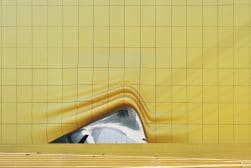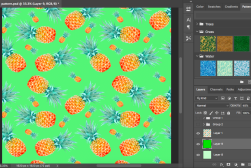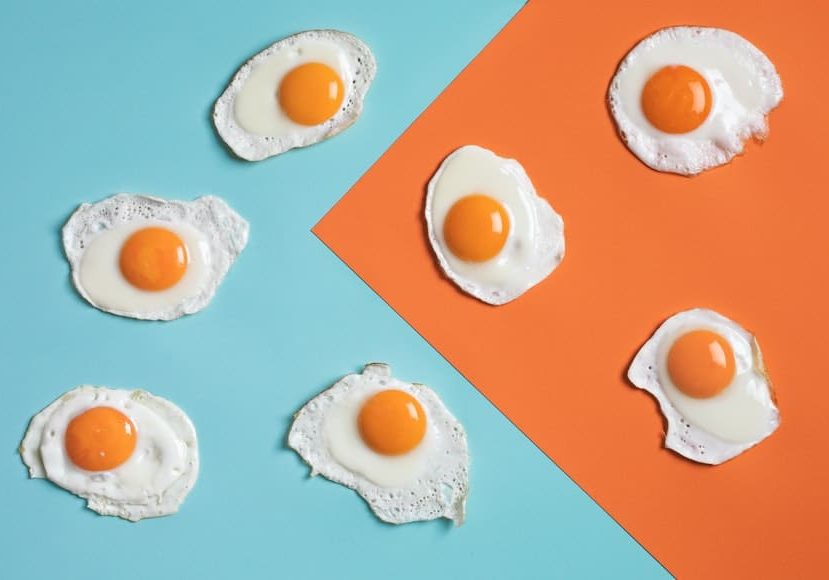
How to Use Repetition in Photography Compositions for Maximum Impact
Using repetition in your photography composition can be a powerful technique to help your images stand out. Learn how to do it with tips and 12 great examples.
Learn | Photography Guides | By Ana Mireles
Have you heard about repetition photography, but you’re not sure what it is?
Maybe you’re wondering how to show repetition in a photo?
Well, search no more! In this article, you’ll find everything you need to know to use repetition and patterns in your photos to make them look even better than before.
You’ll also learn some composition techniques to use repeating objects, and we’ll also give you plenty of fantastic examples of repetitive patterns to inspire you.
Let’s get started.
What is Repetition Photography?
Repetition in photography means using repeating shapes or a repetitive pattern inside the frame as part of the composition.
Repetition can also be the image’s main subject instead of just being a tool for photography composition. When this is the case, it’s called pattern photography.
Why is repetition good in photography?
Repetition in photography is an excellent way to guide the eye through the image. For example, the viewer can follow the imaginary line created by the repetition of an element or a color.
Repetition is also helpful to emphasize something or to create an ambience.
Check out the work of German artist Andreas Gursky. He photographs apartments, supermarket shelves, containers and other structures based on repetition using a particular point of view that gives a sense of monumentality – he does this to make a social commentary.
What is Rhythm Repetition in Photography?
We usually associate the word rhythm with music or dance. Some people might think about poetry – but it’s not often that photography comes to mind when it comes to rhythm.
Yet, rhythm can be applied in photography and have compelling results.
Rhythm is defined as a recurrent alternation of elements – these can refer to sounds (like the beat of a song or the words in a poem) or visual elements – such is the case in photography.
You can use rhythm in different ways. It all depends on what you want to communicate to people with your images. How do you want the viewer to feel when they look at your photo?
Regular rhythm uses identical (or very similar) elements repeated with the same interval. You can use this when you want to give a sense of order – or even monotony. You might think this composition technique can be tedious – however, it can be very impressive when used correctly, especially in combination with central composition.
Progressive rhythm is the one that directs the viewer’s attention towards an endpoint. This is a very common tool in photography – although many people use it without realizing it. When certain elements repeat following a vanishing point, it gives depth to a picture.
Random rhythm – also known as irregular, is when similar objects or different ones that share the same color are scattered inside the frame. It doesn’t seem to have a specific order, but you’ll notice the rhythm when you see the overall image.
Alternating rhythm involves multiple shapes repeating alternatively or the same shape alternating different colors. This way, you can create more complex patterns in photography.
12 Repetition Photography Examples
They say an image is worth a thousand words, so, after explaining to you all about repetition and rhythm – it’s best to show you some examples!
These repetitive patterns will give you a better idea of what I mean and inspire you to create some amazing images of your own.
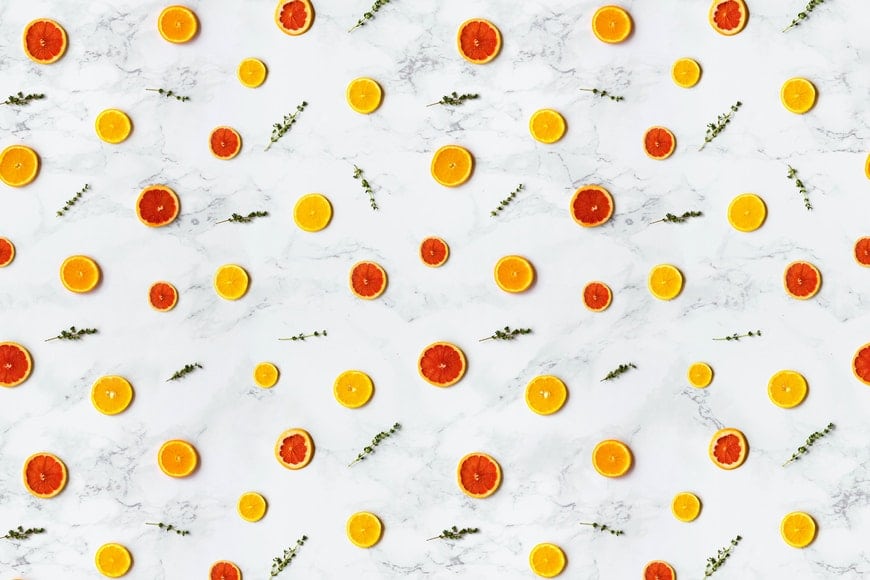
Credit: Aleksandar Pasaric
Creating patterns doesn’t need to be complicated. Choose an object, shape or color that you want to repeat – then introduce a rhythm in it, and you’re ready to take some photos.
How Much Do You REALLY Know About Photography?! 🤔
Test your photography knowledge with this quick quiz!
See how much you really know about photography...

Also, try making some photos where you break the pattern, such as in the photo below:
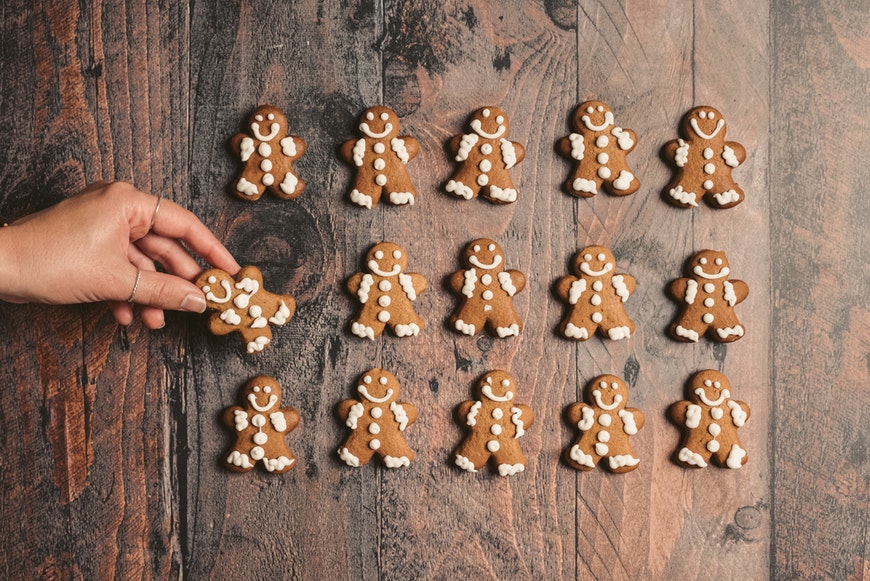
Credit: Taryn Elliott
Notice how a broken pattern can help you to make an image more interesting. In this case, the photographer decided to introduce a human element and change the subject’s position to break the pattern.

Credit: Giallo
One way to capture repetition in photography is to close the frame.
In the example above, if the photographer had captured a wider scene, we probably wouldn’t have noticed the repetition of pocket watches.

Credit: Lawrence Biñas
Patterns in photography are interesting enough. However, to make a more interesting composition, you can use contrasting lines or shapes.
In the example above, the pattern is created by round lamps organized in straight lines. On top of that, the author framed the picture so that they created a triangle. This made the photography composition more dynamic.

Credit: Jopwell
Notice how the photographer used repetition for the photography composition in the group portrait above.
First, the use of colors – yellow and blue repeat throughout the scene.
Also, there’s an alternating pattern in the position of the subjects that makes the eye go up and down to see all the faces.
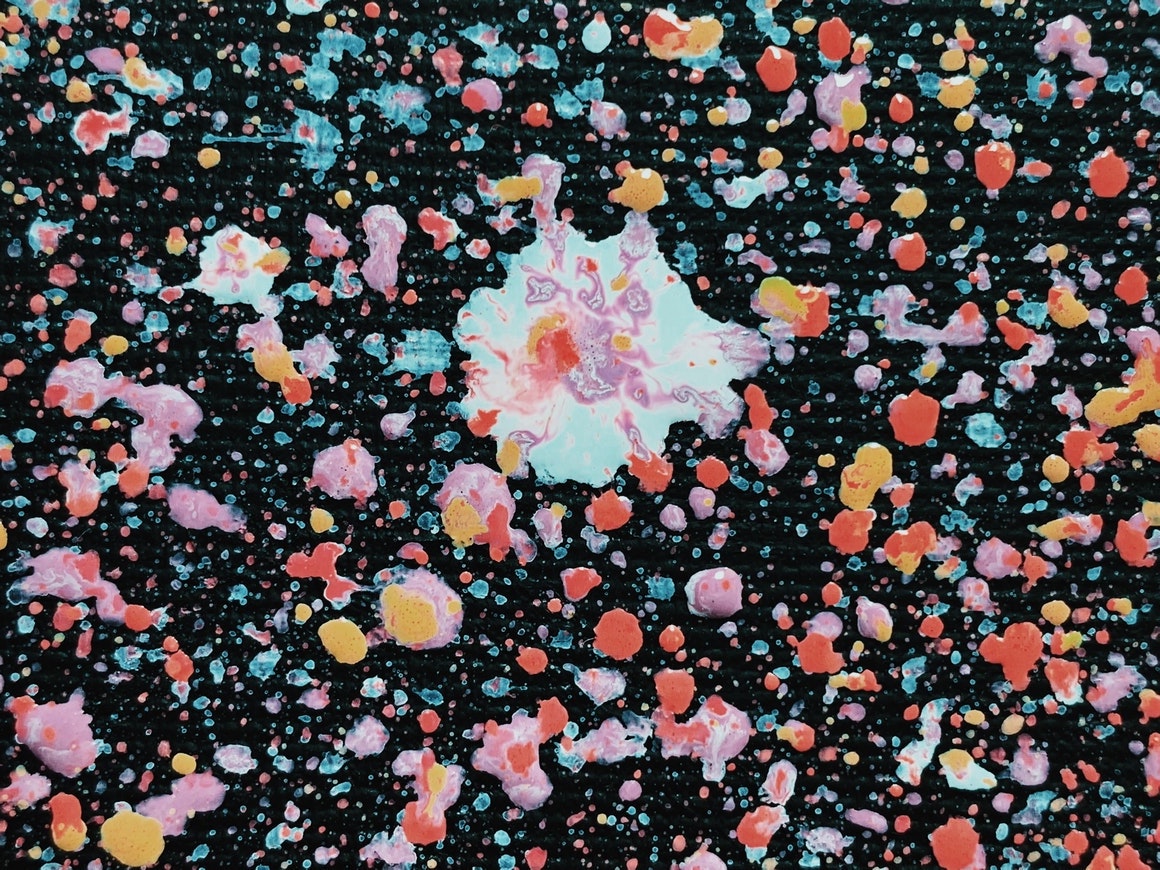
Credit: Dids
Abstract patterns are also a form of repetition – even if it’s more subtle than using shapes or a regular rhythm. You’ll often see repetitive patterns in use in abstract photography.
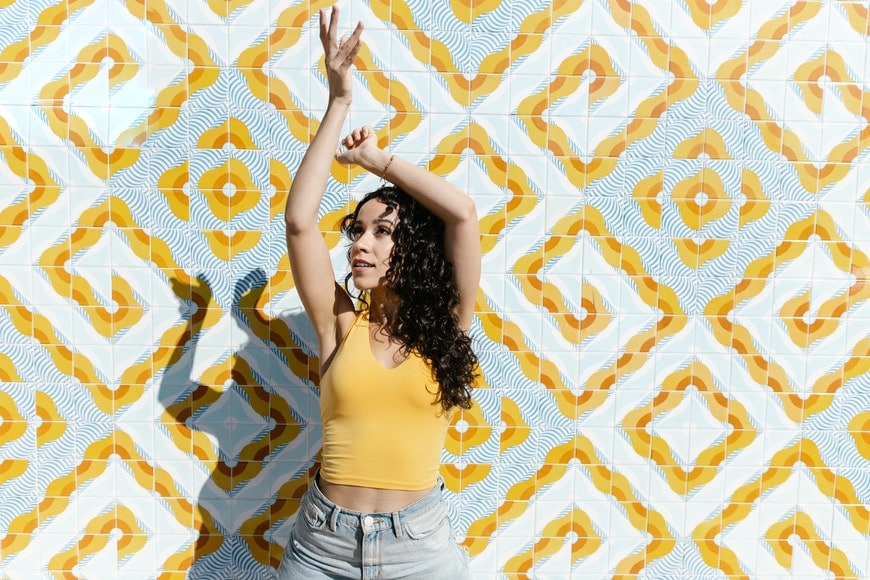
Credit: Rodnae Productions
In this photo, the photography uses repetition of color by using the yellow and blue of the pattern in the background in the subject’s clothing.
Of course, choosing a background with a pattern was already a decision made with the idea of capturing repetition.

Credit: Pixabay
To emphasize patterns, you can isolate them by cutting out other elements from the scene.

Credit: Magda Ehlers
You can use nature to add patterns in photography. Of course, this applies to wildlife and landscape photography – but look at the peacock feathers above – you can use them in still life, a fashion shot, etc.
Nature is full of repetition and patterns. You can see how famous nature photographers use repetitive pattern in their composition techniques to their advantage.
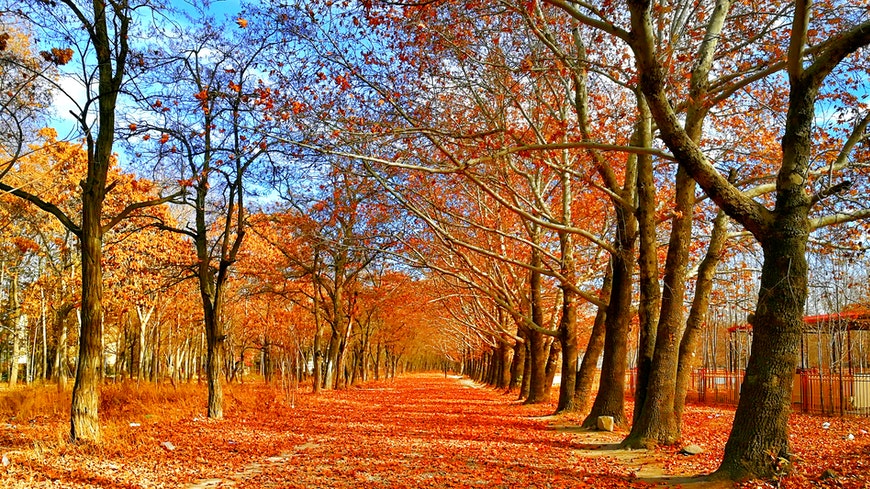
Credit: Ali Yasser Arwand
In this photo, notice how the repetition of trees creates a line that pulls you into the image – creating depth. The contrasting shapes and colors also help provide an interesting photography composition.
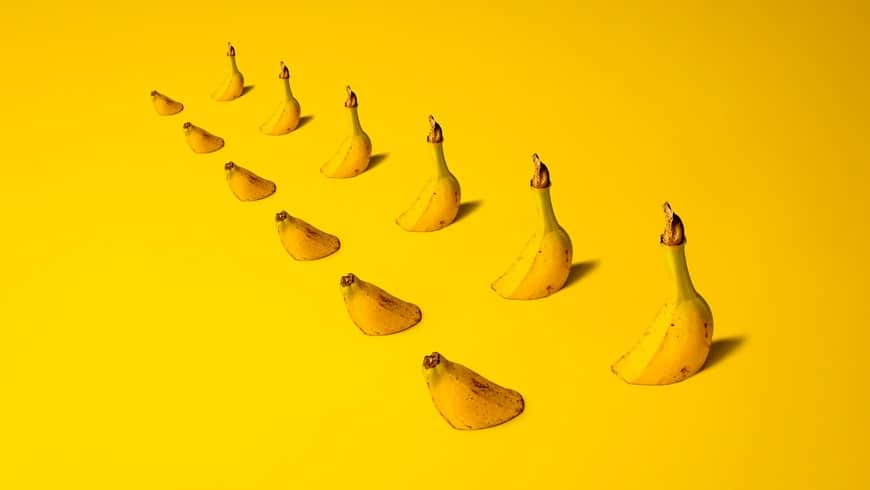
Credit: Aleksandar Pasaric
Another way to show perspective thanks to repetition is by using a subject of a certain size and emphasizing how it seems to get smaller as it’s further away from the camera – as you can see with the bananas in this image.

Credit: Santiago Manuel de la Colina
Texture is another way of introducing patterns or odd shapes to a photo. Whether the texture is in nature or human-made structures, you can use it as a repeating shape.
How to Use Repetition in Photography Composition
As you can see in the examples above, there are endless possibilities to use repetition and patterns regardless of the type of photography.
Here are some composition techniques and tips for applying the basic concept of repetition in photography.
- Broken patterns are a great way to attract the viewer’s attention to a specific part of the frame. You can break the pattern by leaving an empty space or introducing a disruptive element.
- Using perspective, you can use repeating objects with a progressive rhythm to emphasise the vanishing point and give depth to your image.
- You can find organic patterns in nature. If you can’t see them with the naked eye, you can try some macro photography.
- If you introduce multiple patterns in a single photo, you can create a more complex composition. This will make the viewer engage for a longer time with your images.
- To find patterns, you can concentrate on colors, shapes or textures.
- You don’t always have to find repetition and patterns ready to be photographed – you can create them yourself. You can form a simple pattern using objects with similar shapes in a still life or dress the models with repeating colors in a portrait.
Final Words
If you’re feeling overwhelmed or having problems finding repetitive patterns in your daily life, don’t worry!
With just a little practice, you’ll be taking better photos in no time. As with all things in nature, there are endless possibilities to explore.
If you have any questions or suggestions, leave them in the comments section.

Check out these 8 essential tools to help you succeed as a professional photographer.
Includes limited-time discounts.






